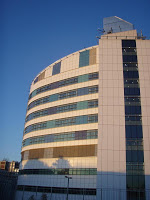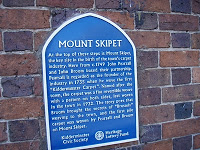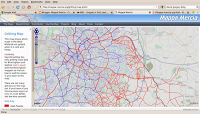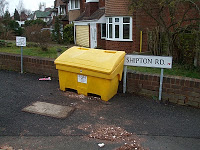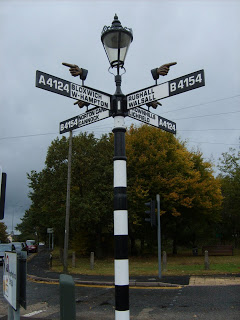 Andy has been busy in B72, the heart of Sutton Coldfield, so exactly what does this mean for our map?
Andy has been busy in B72, the heart of Sutton Coldfield, so exactly what does this mean for our map?
Short answer:
Nearly 3500 residential properties,
Almost 300 named retail units,
Nearly 100 commercial buildings,
All drawn in and with full address details including the full postcode!
Long answer:
Its taken a little over two months, a half hour here and there out walking and cycling the streets to collect all the address data; house numbers, retail names etc. Many more hours at the computer drawing each of nearly 4000 seperate buildings and in the case of residential properties their associated gardens.
This means that B72 is essentially fully mapped out. Nearly 50,000 objects in all (nodes, ways and relations). Of course we could find more to map even now but the current result is as detailed and rich a dataset/map as almost anyone should ever require.
You can browse the map here or search out an address in B72 using nominatim.
Lessons learnt:
In undertaking an exercise such as this there are always lessons to be learnt. Here’s just a few that may help and spur on others to map their areas in full detail.
- Tools that orthogonalise buildings (hit “Q” in JOSM or Potlatch2) are a godsend, also the duplicate and node merge (“M”) facilities when it comes to creating multiple buildings of the same shape and size.
- Most traditional retail units have a front facing length of 20 feet (6.1m). Very handy when dividing up long runs of shops.
- Postcodes were added using the OS OpenData CodePoint dataset. Postcodes are unique to a particular street (or in some cases particular address) with postcode changes along a street normally occurring at a connecting side street or other natural break (public footpath perhaps). In a handful of cases its impossible to know if a building opposite a side street is in one postcode or another and in these few instances the postcode has been left as a “?” until it can be verified.
- When looking at all the property boundaries you find a number of other features that are easily overlooked. Local electric substations being a good example.
- There is no easy way to deal with properties with vertically mixed use. For example flats over shops. A longer term solution is needed for these.
- Property addresses in private gated roads are difficult to obtain unless you are granted access.
- To show all business names in the retail heart of a town or city you really need an extra zoom level (z19) or a method of better dealing with icon and name conflicts on the rendered map.
So what’s next, well of course B72 is just one small area containing just 242 unique postcodes. Birmingham postal region alone has nearly 42,000 unique postcodes so there is a huge amount to do even for our local mapping group and without more help it will take many years. Please help by joining the project, every property and address you add to the OpenStreetMap project means more information available to West Midlands individuals, organisations and businesses.
More: Mappa-Mercia OpenStreetMap user group
Contact us: info (at) mappa-mercia.org
 On Sunday I completed a short 4Km stretch around Blockley, the last remaining gap in the OSM map. Thanks are due to everyone who contributed over the years, collaborating in mapping this long distance route.
On Sunday I completed a short 4Km stretch around Blockley, the last remaining gap in the OSM map. Thanks are due to everyone who contributed over the years, collaborating in mapping this long distance route.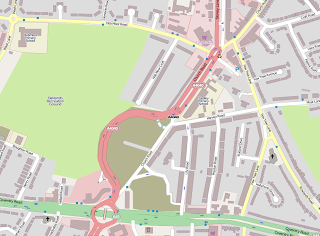

 Andy
Andy